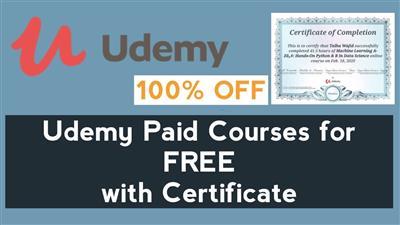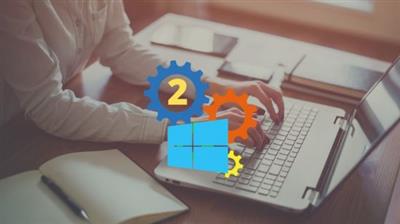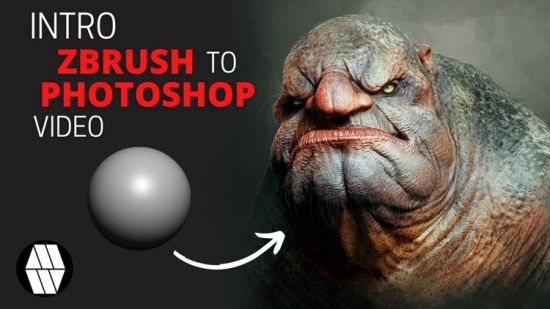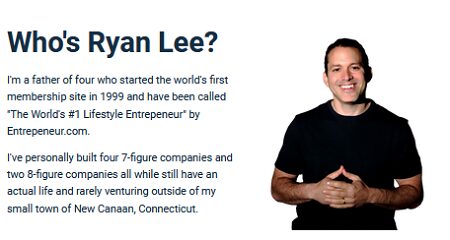
Duration: 2h55m | Video: .MP4 1280×720, 30 fps(r) | Audio: AAC, 44100 Hz, 2ch | Size: 1.24 GB
Genre: eLearning | Language: English
Watch my step-by-step Drupal tutorials and learn how to build your Drupal site from scratch!
What you’ll learn:
The pros and cons of using Drupal.
How to install and configure Drupal.
How to change the appearance of your Drupal site using themes.
How to add more functionality using Drupal modules.
How to publish articles and pages in Drupal.
How to create and edit navigation menus in Drupal.
Requirements:
There are no prerequisites. This course assumes no prior knowledge of Drupal or web development.
Description:
If you’re jumping into Drupal for the first time, you might find it very difficult to configure, change the appearance, and also manage your content. In this course, my goal is to provide you with enough information so that you can create and use your Drupal content management system (CMS) in as little as 2 hours!
Before using Drupal, you’ll want to see if it’s the right content management system for you. I’ll go over the top CMS’s, discuss pros and cons, and the reasons I use Drupal over other systems.
From there, I’ll jump into Drupal hosting accounts. Not all servers can be used for Drupal. While many of the top hosting providers say that they support Drupal, their infrastructure just isn’t fine-tuned for it. I’ll discuss my recommendations based on my personal experiences. From there, I’ll go over 6 platforms to help you make an educated decision on the web server that fits your needs.
Before publishing content, you’ll want to learn about changing the appearance of Drupal. While Drupal does have a lot of themes, you’ll need to do more than selecting one and activating it. This lesson will discuss Drupal-specific processes that you’ll need to do in order to make your website look stunning.
After setting up your theme, I’ll go over the steps for extending Drupal’s features through modules. I’ll provide several lessons that will discuss my recommended modules and I’ll also show you how to configure them step-by-step. I’ll discuss the media library for easily managing your website assets, creating search engine friendly URL’s with the Pathauto module, the Metatags module for SEO, and the CSS Editor module that will allow you to change the appearance of your site using custom CSS.
In the taxonomy lesson, I’ll cover different ways that you can categorize and tag content. Drupal allows you to create custom taxonomy as well. This is useful for site owners that want to create megasites with extreme content silos or want a way categorize various elements of the site for advanced content queries.
In the blocks and regions lesson, you’ll learn how to insert existing or custom content into various areas of your webpages. This will allow to customize your header, sidebars, and footer regions to add custom content like banner ads, alerts, custom menus, and other relevant content.
Finally, I’ll discuss content types and how you can search, add, and edit articles and basic pages. This key lesson will allow you to provide content that informs, educates, or entertains your audience. From there, you’ll be able to get traffic to your website and start engaging with your audience.
Who this course is for:
This course is ideal for anyone that wants to learn how to install and configure Drupal for publishing content.
Homepage
https://www.udemy.com/course/drupal-fast-start/





